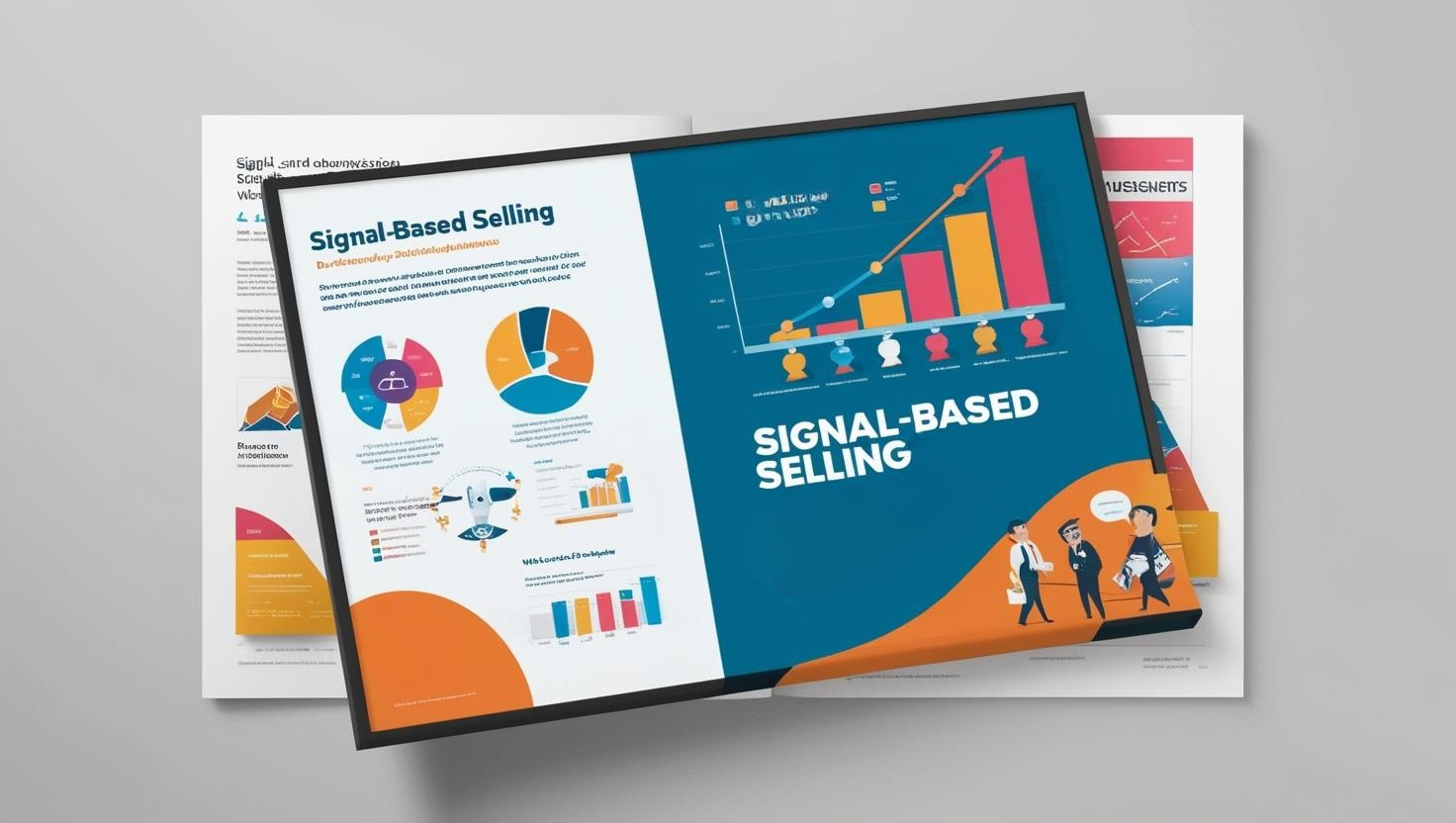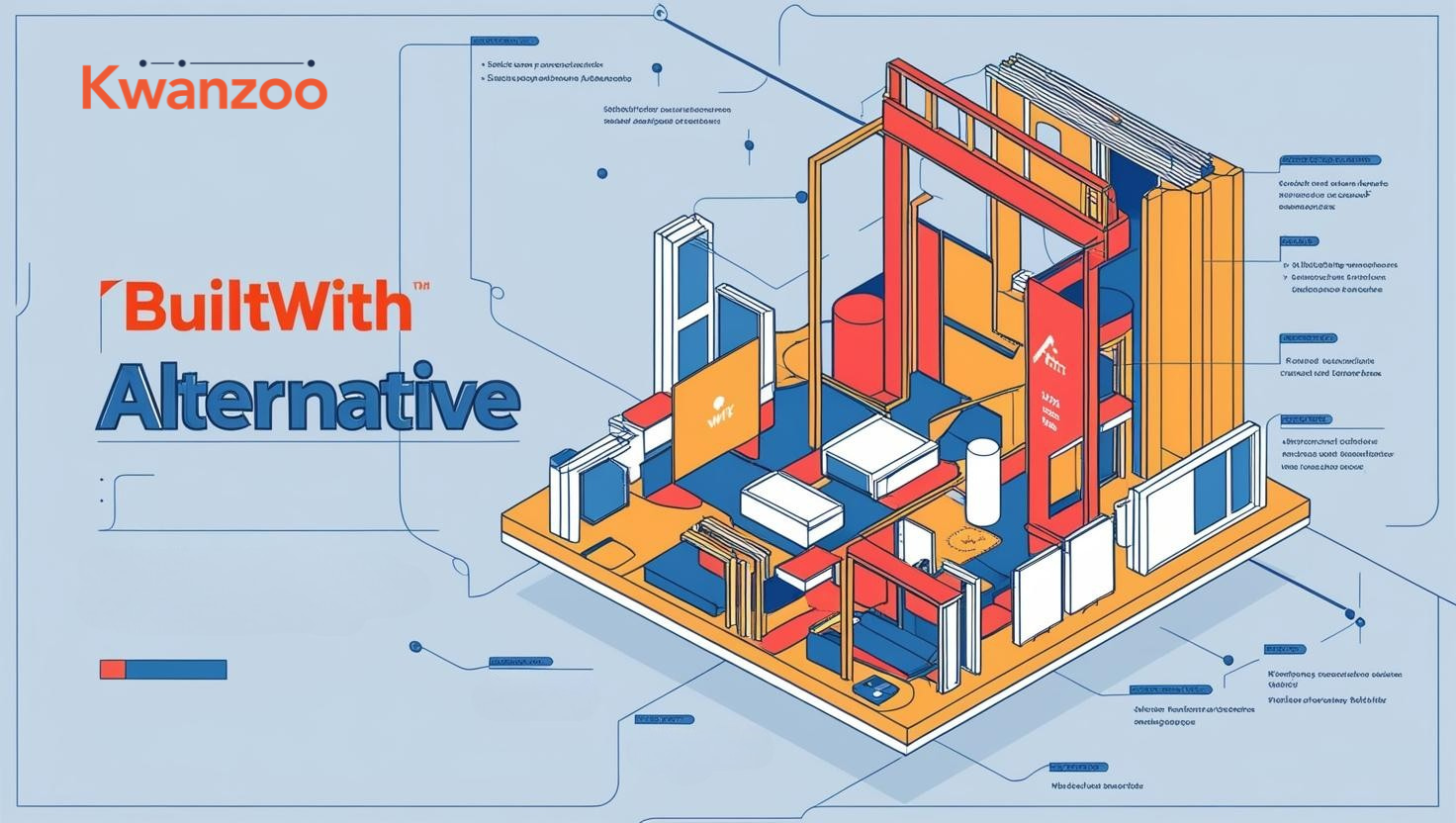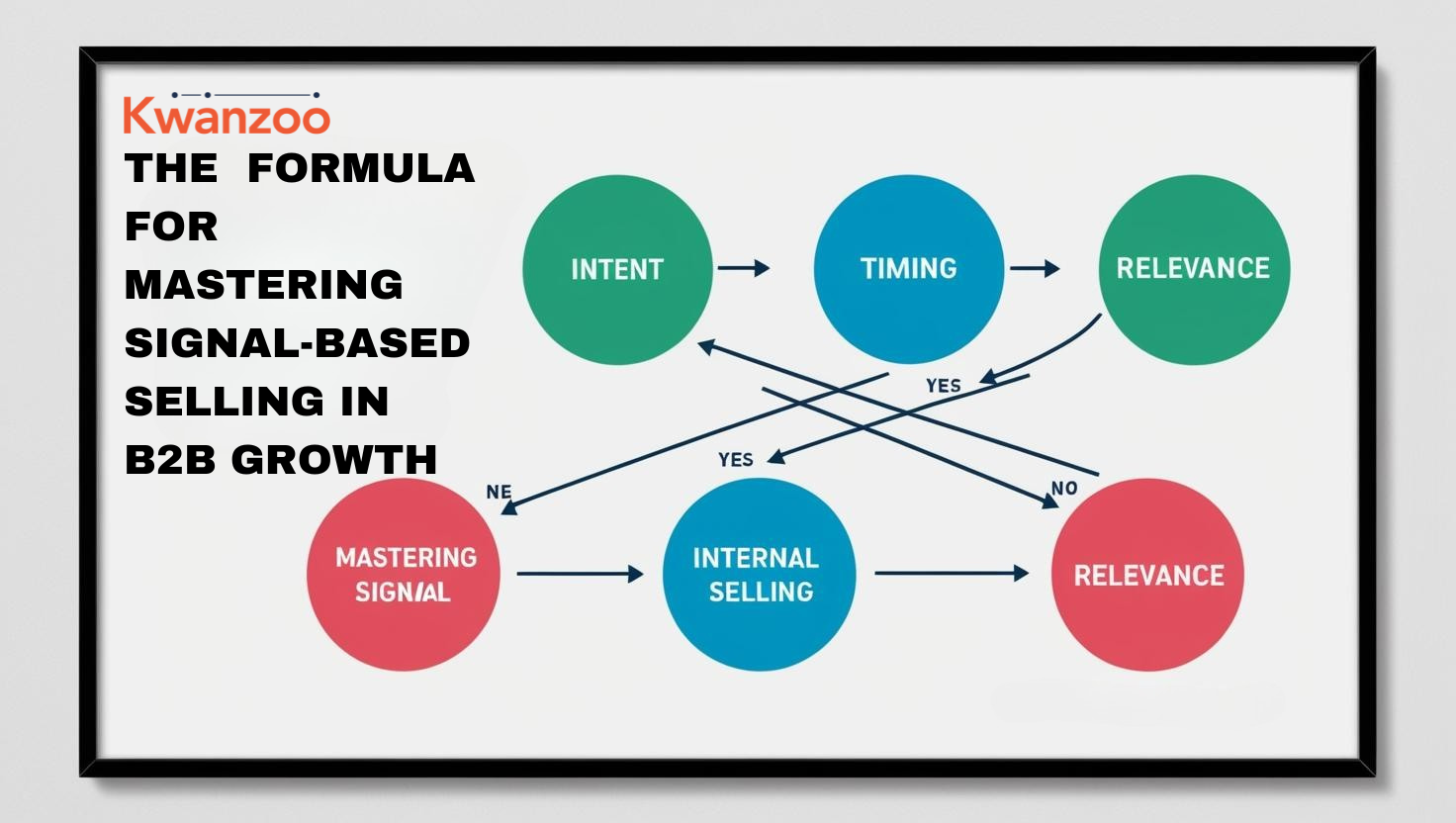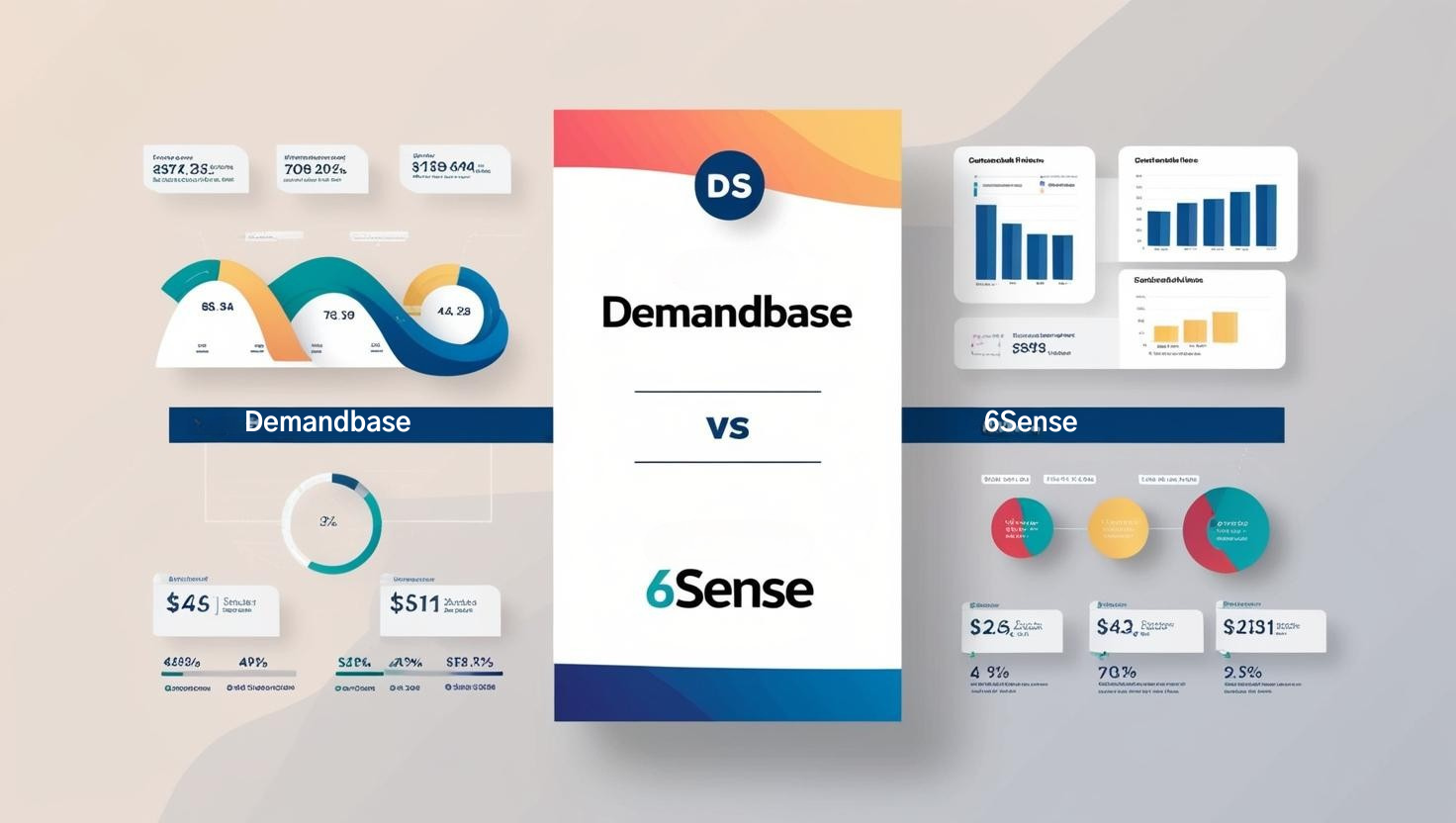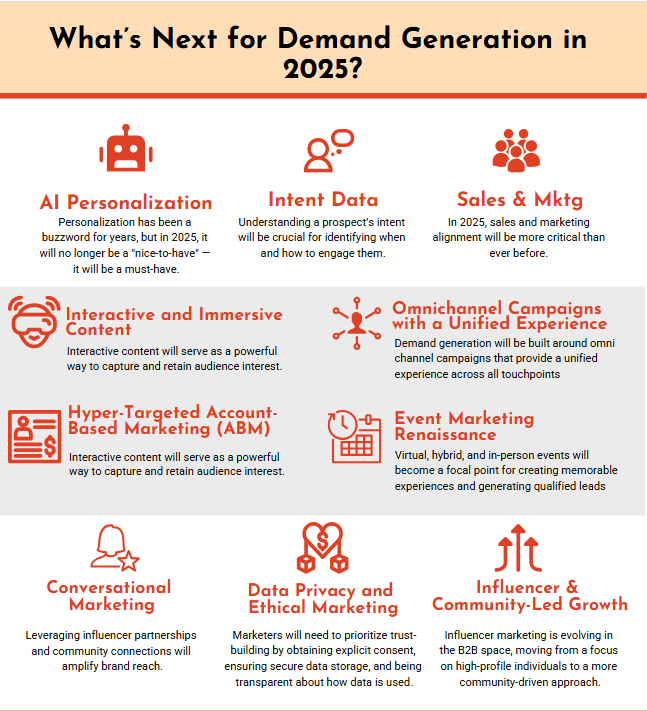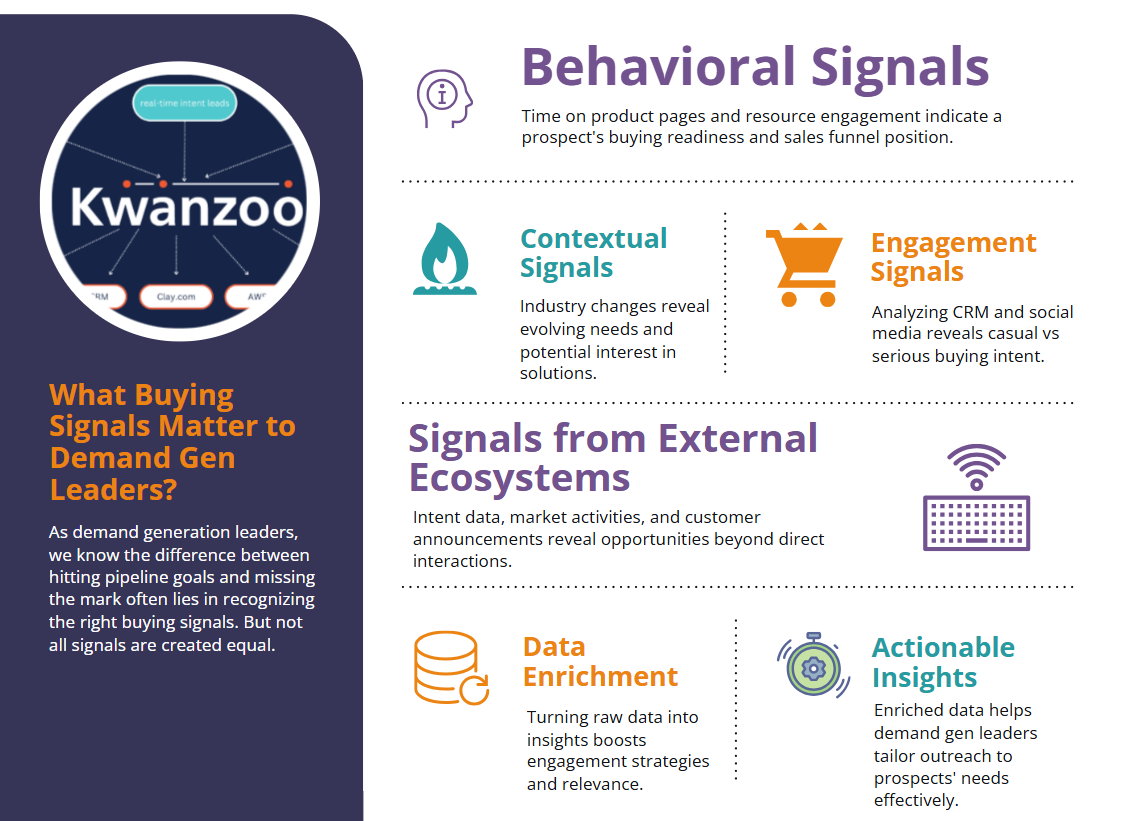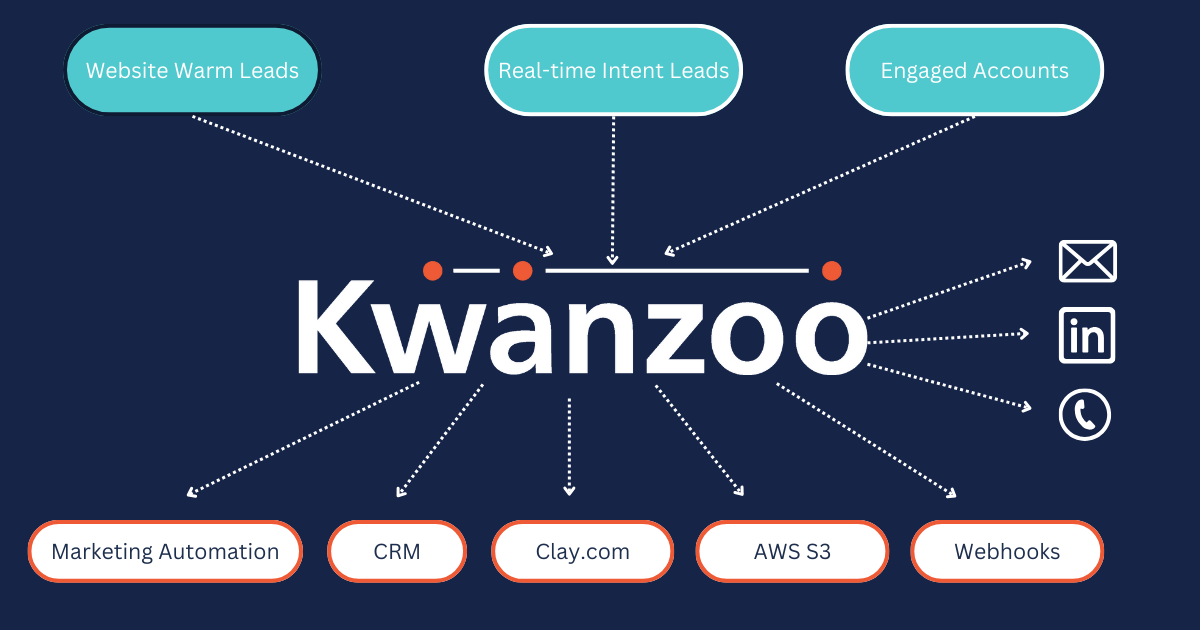
As we step into a new year, it’s natural to take a moment to reflect on our journey and the changes we've experienced. A CEO of a thriving software business valued at over $300 million, who we know well, often emphasizes the importance of starting from “ First Principles .” This approach encourages us to strip away assumptions and focus on the fundamental truths that drive our decisions. Key Questions for Understanding Our Customers In today's fast-paced B2B landscape, we have identified several crucial questions that help us better understand our customers Who are the individual prospects from our target accounts engaging with us? We analyze both online and offline interactions, focusing on topics that align with our solution category. Which accounts are showing interest? We assess not only the number of accounts but also how many buyers from those accounts are engaging with our content. Who should we reach out to? Identifying individual contacts for sales outreach is vital for effective communication and relationship building. These questions lay the groundwork for a deeper understanding of our audience, enabling us to tailor our outreach efforts more effectively. The Next Challenge: Crafting the Right Message Once we have gathered insights about individual buyers and accounts, we face the next pivotal question: Given all the journey data on these individual buyers and accounts, what message should we deliver to relevant prospects so they choose to engage? This challenge is not unique to us. A close friend of our business, who serves as a VP of Demand Generation has encountered similar hurdles across multiple enterprise B2B companies. Despite advancements in technology, crafting compelling messages that resonate with prospects remains one of the most significant challenges in our industry today. The State of the Market as We Enter 2025 As we look ahead into 2025, it’s clear that many B2B companies have yet to fully embrace person-level visitor identification and intent solutions. Here are some key observations: Underutilization of Technology: Many organizations still rely solely on account-level intent data through their ABM platforms like 6sense or Demandbase. While these tools provide valuable insights, they often fall short in capturing individual buyer behaviors. Growth Opportunities: Even those companies that have implemented person-level ID technology such as RB2B can significantly increase their lead volume by integrating additional similar technologies. Notably, the lead overlap between our technology and RB2B is less than 4%, highlighting a vast opportunity for growth. Comprehensive Solutions Needed: Currently, we stand out as the only solution that integrates both person-level and account-level buying signals across a B2B company's online and offline presence within a single platform. Introducing Kwanzoo: The Unified Intent Platform In response to these market needs, we proudly bring you Kwanzoo, the Unified Intent Platform designed specifically for demand marketers and sales leaders. Our platform empowers you to identify prospects—both individual buyers and engaged accounts—on and off your website. With Kwanzoo, you can expect: Enhanced Prospect Engagement: Our platform enables you to engage up to 10 times more prospects than you currently do. Actionable Insights: While we cannot guarantee meetings, we focus on helping you achieve more responses and actions from your prospects. Personalized Communication: Gain access to buyer journey data that allows you to craft thoughtful, personalized messages through sales emails, LinkedIn outreach, and phone calls. High-Quality Data: Benefit from curated data that includes reliable emails, LinkedIn URLs, and phone numbers that connect. Cost-Effective Pricing: Tired of paying bloated platform and per-user fees? With our compelling cost-per-outcome pricing model, you only pay for what you actually achieve with us—no hidden fees or unnecessary costs! If you're tired of waiting on RevOps or struggling with outdated systems, Kwanzoo is here to help you start building your pipeline within hours of deployment. Have questions? Let’s chat! Feel free to book a meeting here.
